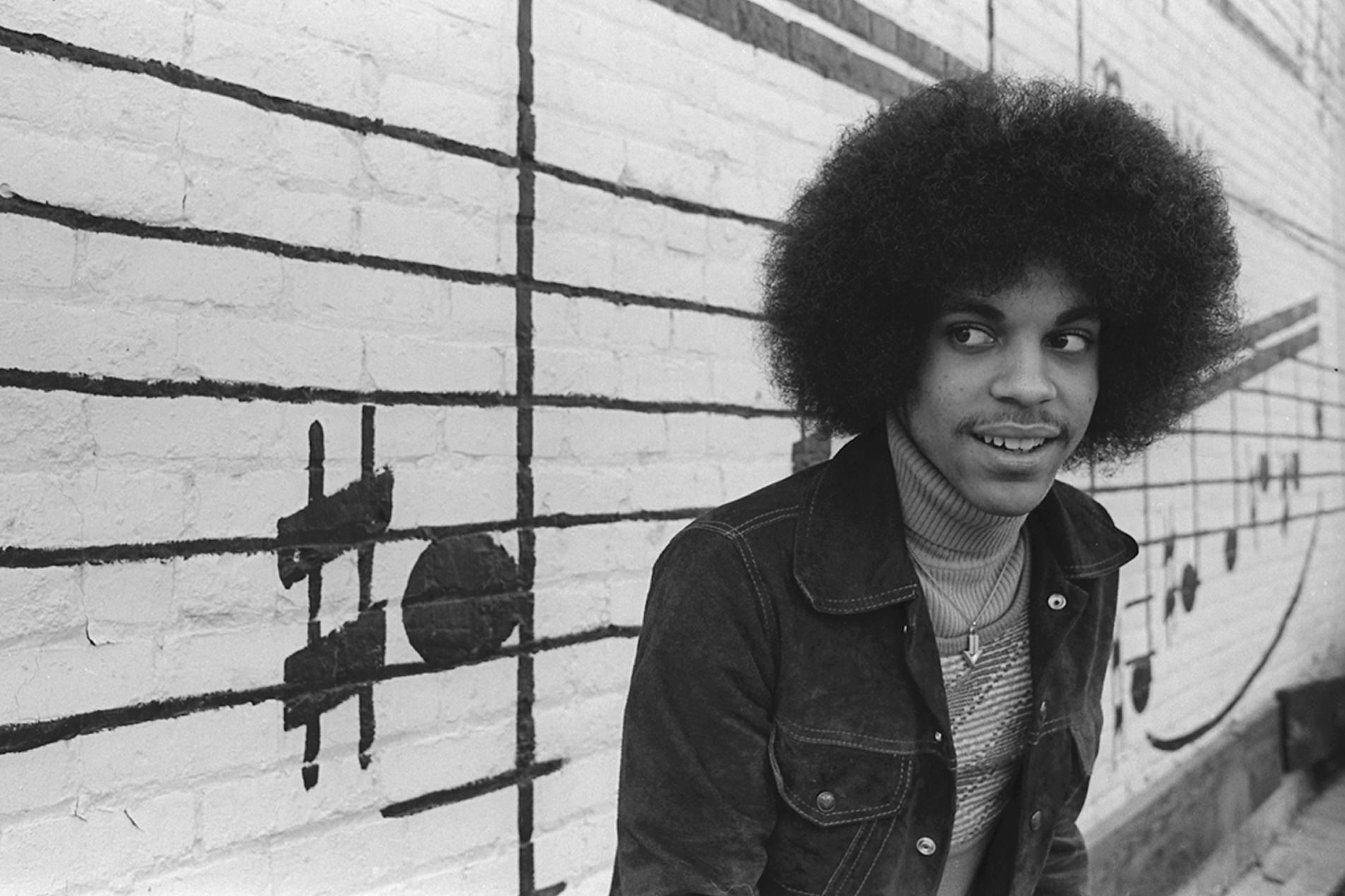
Excerpted from TIME’s Prince: An Artist’s Life, a 96-page, fully illustrated commemorative edition. Available at retailers and at Amazon.com.
For most of the twentieth century, a Minnesotan abroad could fix his home state in the cosmos by invoking for his hosts the name Charles Lindbergh or Bob Dylan, native sons who were claimed by the world and never really returned to the Gopher State. In the 1970s, a traveling Minnesotan, bracing for a zinger, might name-drop the Vikings, losers of four Super Bowls. Then came the ’80s, and forever after a Minnesotan like me didn’t have to say anything at all. When someone heard where you came from, they almost always asked, “Have you ever seen Prince?”

The answer for most of us was “Yes,” because Prince was claimed by the world but returned to Minnesota. Just in the last week of his life, you could have seen him at Walgreens, or at the Electric Fetus, where he often shopped for records—an astonishing sight, like the Mona Lisa taking in her own portrait at the Louvre. Prince, paradoxically, was reclusive but always around. He never wanted to be our weekend lover. And so he never really left us.
Even at the height of his white-hot fame, Prince could fly from Minneapolis to Los Angeles in Seat 1A while my own frequent-flying father sat in 1C, separated from the superstar only by an enormous bodyguard, a wall of flesh in 1B. When the flight attendant asked Prince what he wanted to drink, he stage-whispered “Mineral water” to his bodyguard, who stood and stage-whispered “Mineral water” to the bewildered flight attendant, who poured a mineral water for Prince. A trip to the bathroom was more complicated and required a second bodyguard: one to secure the lavatory, the other to stand sentry outside it.
On arrival at LAX, Prince was whisked away by a low-speed golf cart, its siren wailing, its red light turning, as it made a stately low-speed escape through the terminal. That was one of the beautiful things about Prince: if you lived in Minnesota, your father—newly possessed of a first-class upgrade and utterly oblivious to pop music—could sit in Prince’s row on Northwest Airlines and marvel at the spectacle of his life. That’s because Prince was simultaneously of Minnesota and out of this world. He knew it, too. As he himself sang, “From the heart of Minnesota, here come the purple Yoda.”
Video by Oriel Pe’er
So Prince Rogers Nelson was at once a musical genius (the singular Prince) and an ordinary Minnesotan (another Nelson in a sea of Nelsons, Larsons, Andersons and Johnsons). He was everything many of us already were (shy, laconic and in thrall to the purple-clad Vikings) and everything many of us could never be (funky, flamboyant and in possession of a pair of seatless pants). Half Minnesota, half purple Yoda.
It was the purple Yoda who built Paisley Park, Minnesota’s very own Graceland, visible and accessible, a home-slash-studio-slash–performance space. But it was the Minnesotan who invited the public to spontaneous gigs there, and who gave the Minnesota Lynx a private concert there after they won the WNBA championship last fall. The purple Yoda, the musical genius, made his records there. He became the Minnesotan again late at night, ducking into Byerly’s supermarket, Minnesota’s favorite purveyor of wild-rice soup.

If, like me, you graduated from high school in suburban Minneapolis in June of 1984, the month that Purple Rain was released as an album, and you watched the movie that July—and saw girls in your class on the big screen in the crowd scenes at First Avenue and heard Prince mention local landmarks like Lake Minnetonka—Prince provided you with both a validation and a valediction. That summer was the last time my high school friends would all be together, and having someone turn our local hangouts into art was a thrill. Prince sang about Uptown. We had been to Uptown. Prince was cool, so we were too.
Of course, we weren’t. None of us could carry off a crushed-velvet jacket, high-heeled boots and a frilly pirate shirt, also known as a poet blouse. Prince could because he was both pirate and poet. But he met us halfway—wearing purple, one of the Vikings’ colors, and even writing a Vikings fight song, “Purple and Gold,” which was not among his most memorable singles, but that hardly mattered, as it was continuing proof of Prince’s love for—and his continuing reflection of—Minnesota.
In 2007 Prince performed at the halftime of the Super Bowl. The stage in Miami was wreathed in purple light, and it poured during his performance, so that he played “Purple Rain” in a purple rain. But what slayed this Minnesotan was the sudden realization that an emissary from our state had finally won the Super Bowl. In doing so, Prince eclipsed the Vikings, Dylan, Lindbergh and Paul Bunyan as our greatest cultural ambassador. Minnesota has had many giants, but the biggest was 5’2″.
More Must-Reads From TIME
- The 100 Most Influential People of 2024
- The Revolution of Yulia Navalnaya
- 6 Compliments That Land Every Time
- What's the Deal With the Bitcoin Halving?
- If You're Dating Right Now , You're Brave: Column
- The AI That Could Heal a Divided Internet
- Fallout Is a Brilliant Model for the Future of Video Game Adaptations
- Want Weekly Recs on What to Watch, Read, and More? Sign Up for Worth Your Time
Contact us at letters@time.com